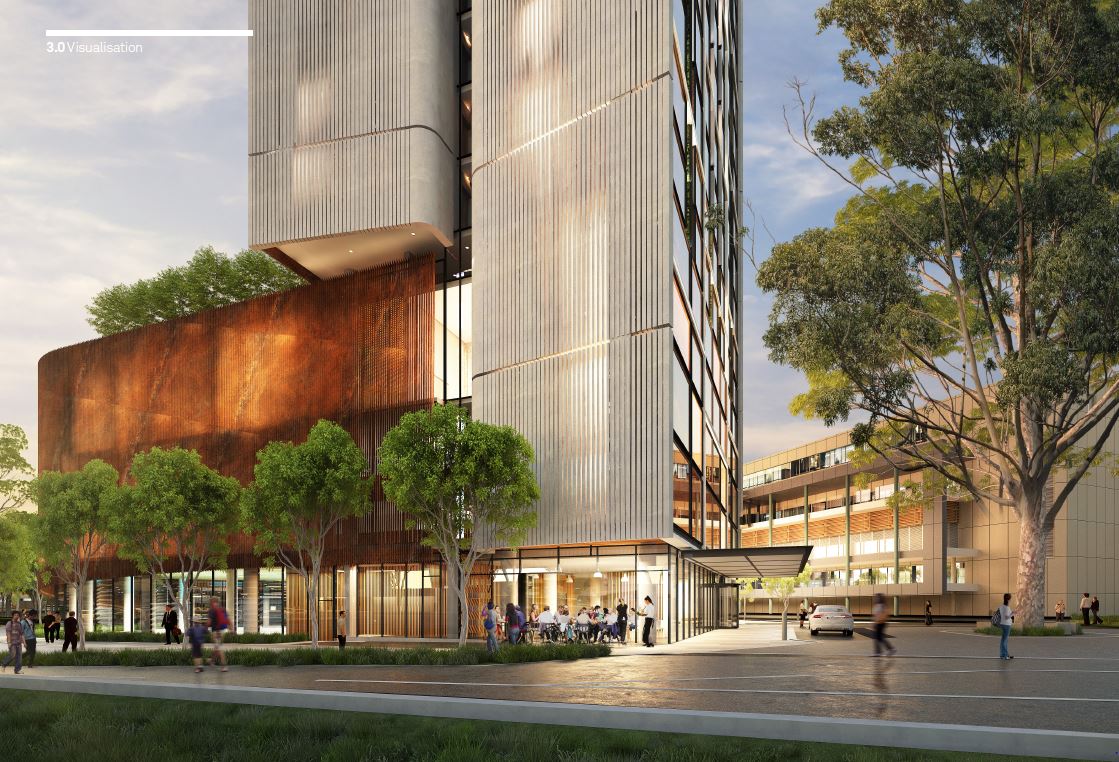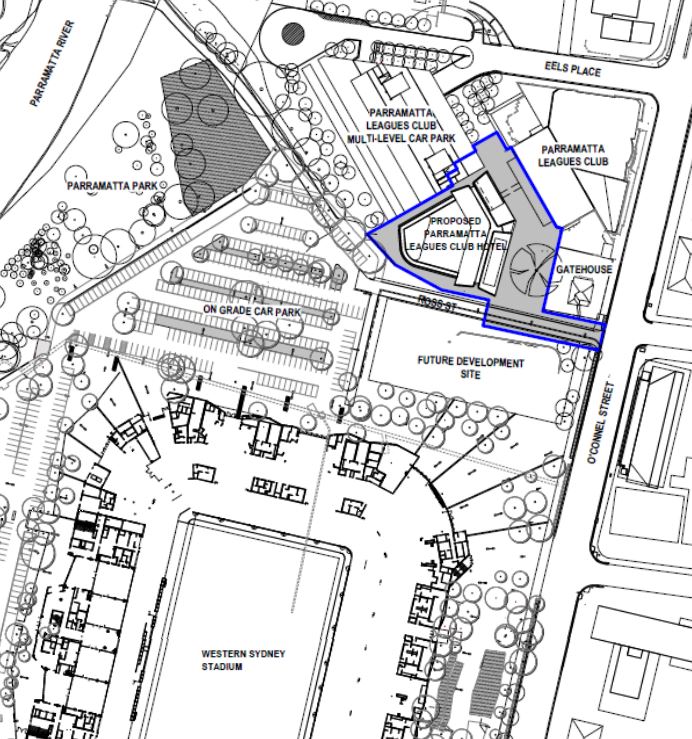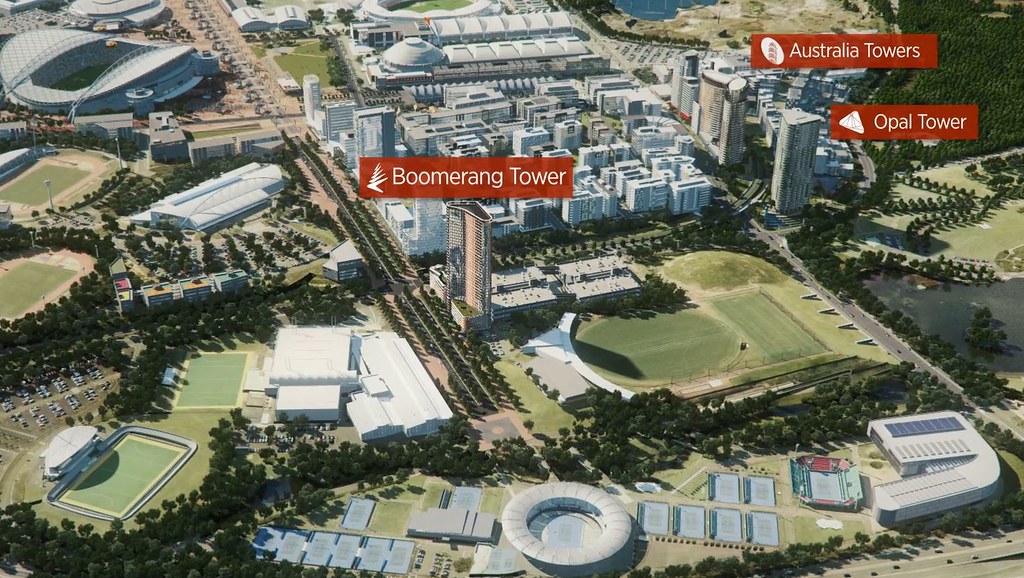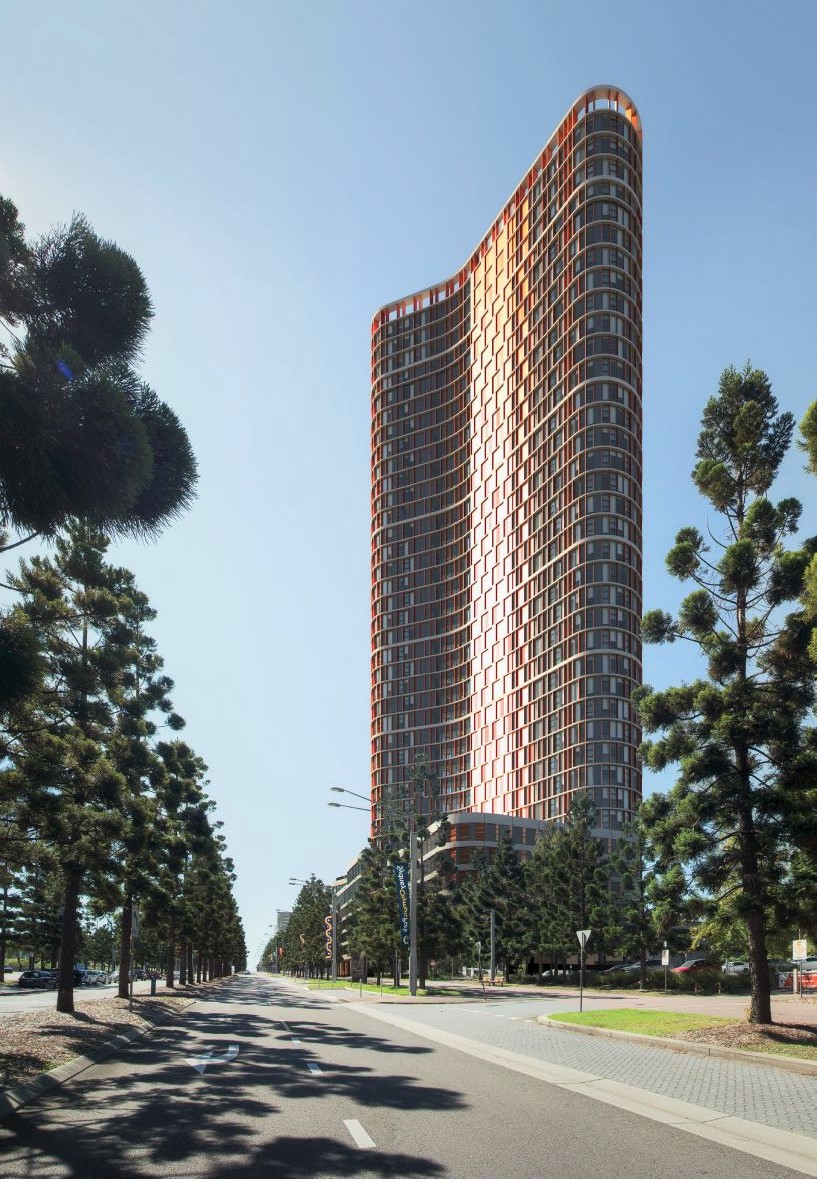New hotel gets a mention in this Opal Tower spray.
Welcome to the Faulty Towers state, where any mug's an engineer
I’m sorry, run that by me again? We don’t require engineers to be licensed, qualified or registered? So the hundreds of shonky-looking resi-towers newly metastasising across our city don’t just look like slums-in-waiting but may have no structural or fire integrity to speak of because anyone, including my great aunt Cecily’s dog Tozer, can sign their engineering certificates. Seriously?
Tuesday’s interim report on the twice-evacuated Opal tower, by engineering professors Hoffman, Cart and Foster, tells us the building is structurally sound, in that it (probably) won’t fall down, but has major damage. Two causes are pinpointed: faulty design, using lower-than-required safety factors, and poor construction, deviating from both design and good practice.
The building, as you know, is pretty ornery to look at. A green glass faceted triangle far taller than any neighbours, its look of soulless oppression is relieved only by a number of tall “slots” or “vertical gardens”, walled in six-storey pre-cast load-bearing concrete. It’s in these walls, and the beams supporting them, that the damage has principally occurred.
But what’s fascinating about this appalling concatenation of errors and deceits is the degree to which it is systemic. We don’t know how widespread building disasters are because no-one is collecting data, but as the UNSW City Futures Research Institute recently wrote, our “system allowing defective apartment buildings” creates huge social and economic risks for the new compact city.
In our world, building is driven by profit. Beneath that, three systems intersect: legal, planning and engineering. If I owned a new Sydney apartment – which thank God I don’t – all three would be keeping me awake at night.
One, the legal situation. Although Opal may not collapse, the hundreds of owners currently embarking on a “no win no fee” class action may yet wish it had. At least then they’d be covered.
You buy an apartment trusting it to be sound, waterproof and safe. But the odds heavily are against you. Not only do studies show that almost three-quarters of apartment buildings have owner-reported defects (the figure rises to 85 per cent for buildings built after 2000) but the owners’ capacity to claim against the builder/developer is restricted to near-futility.
In 2015, amendments to the NSW Home Building Act reduced the standard seven-year liability period to six years for “major” defects – defined as a fault in a major element such as a roof or load-bearing structure that prevents a building being lived in – and a mere two years for everything else. Ostensibly, this was about reducing red tape, but those with a mere hundred-litre stormwater dam in their living room or a rotting front door had better be quick.
Any boom encourages fly-by-night developers, tempting them with quick bucks to employ underqualified and inexperienced architects, builders and subbies, who are more available and cheaper. Look around. Anyone with half an architectural eye can see defects everywhere – roof, window, balustrade and wall-capping details that invite water entry; structural sizings that are self-evidently inadequate; stuck-on plastic claddings. Such defects are often "latent" – which is to say they may not
present for years and may take further years to diagnose. At least if your building collapses you have six years, not two.
Even so, your chances of legal remedy are remote. The 2014 High Court finding in the case of Brookfield Multiplex v Owners Corporation Strata Plan followed serious defects in a Chatswood resi-tower. The High Court found that, even with a building rendered uninhabitable, the developer-builder owed no duty of care to purchasers, who apparently should have been able to negotiate protections into their original contract. This, combined with the excruciating cost of litigation, helps explain why so few such cases go to court and why, although it’s manifestly unfair, most owners end up footing ongoing rectification costs themselves.
Then there’s the planning system. Opal Tower, designed by Bates Smart, looks cheap. It wasn’t, a one-bedroom apartment selling off the plan for $720K, but it has the mean, undernourished look of the badly detailed and existentially insecure.
So I was staggered to learn both that it had been approved as a State Significant Development and had achieved several storeys over the local height limit due to “design excellence”.
State Significant? Design Excellence? How could a private residential tower amid a record building boom be state significant? And how could a nasty concoction of green glass and faceted spandrels be “design excellence”? The answer lies wedged into the chasm between rhetoric and motive.
SSD pretends to stop cowboy councils playing silly buggers with development but actually delivers the unfettered ministerial discretion necessary for rampant cronyism. With no requirement for ministers to justify the “state significant” designation, SSD enables an asset-stripping government to slide all crown and public lands under its own jurisdiction, then frantically up-zone for maximum profit.
Right now, this includes the Bays Precinct, Darling Harbour, Honeysuckle, Luna Park, Fox Studios, Taronga, Redfern-Waterloo, Barangaroo, the Rocks, the 17-storey Parramatta Eels hotel now proposed on crown land at Parramatta Park and – surprise – Olympic Park.
A developer need only propose something sufficiently gargantuan on public land and, presto! – straight to Minister Lunchalot. Said minister, if questioned, will likely point to the “Design Excellence” process that purports to ensure such outsize buildings are at least well designed. Except, well, Opal.
But by far the scariest of this week’s Opal revelations is the fact that – excepting Queensland – Australia’s engineers are entirely unregulated. Engineers Australia is the professional body. “Anyone can claim to be an engineer, provide engineering services and use it in their marketing without any regulation,” its website says. The only register is voluntary. If EA strikes someone off for shonky practice, they can self-resurrect the next day, no questions asked.
This is nuts. Engineers – fire, structural and civil – we trust with our lives. In boom situations, where local firms are routinely swallowed by international conglomerates (such as WSP which engineered Opal), where the market is flooded with shonky materials and practices are self-certified, unregulated engineering makes sense like unregulated brain surgery. Welcome to Faulty Towers.
https://www.smh.com.au/national/wel...re-any-mug-s-an-engineer-20190117-p50s14.html












